Japan is one of the most fascinating countries we’ve ever visited! It’s a place that balances the traditional and the futuristic so beautifully. But if you’re visiting for the first time, you might be in for a culture shock or two. Japan has a lot of unspoken dos and don’ts that can be a bit confusing for the average tourist. And after spending two months in Japan as digital nomads, working and immersing ourselves in the culture, we’ve learned a lot, even some things we haven’t seen written in blogs or explained in other travel guides.
So in this Japan blog, we’re breaking down 21 essential things to know before going to Japan! We know these tips will help you be ready for anything when you land in Japan.
You can also check out our full Japan travel tips video below!
Some Japan Fun Facts
Did you know Japan is made up of nearly 7,000 islands? While most travelers stick to the main island. Japan’s island diversity is incredible, whether it’s tropical Okinawa or tiny fishing villages.
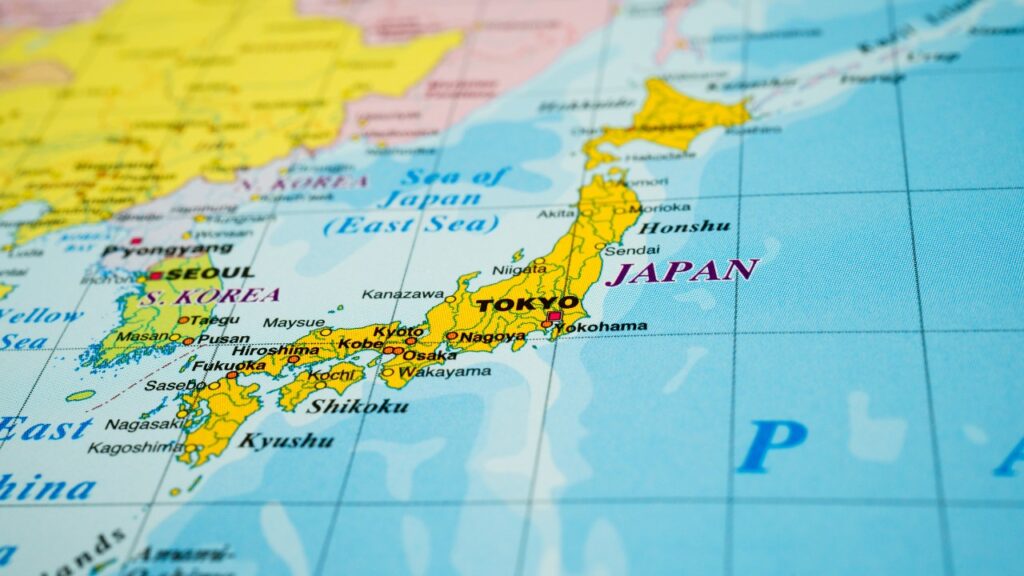
And speaking of incredible… Japan is home to Tokyo, the largest city in the world by population! With over 37 million people in the metro area, Tokyo is a buzzing metropolis of neon lights, ancient temples, futuristic tech, and endless things to see and do. No Japan trip is complete without experiencing its energy—and chances are, Tokyo will be your first stop when you fly in!
The Things To Know Before Going to Japan
1. The Best Japan Itinerary
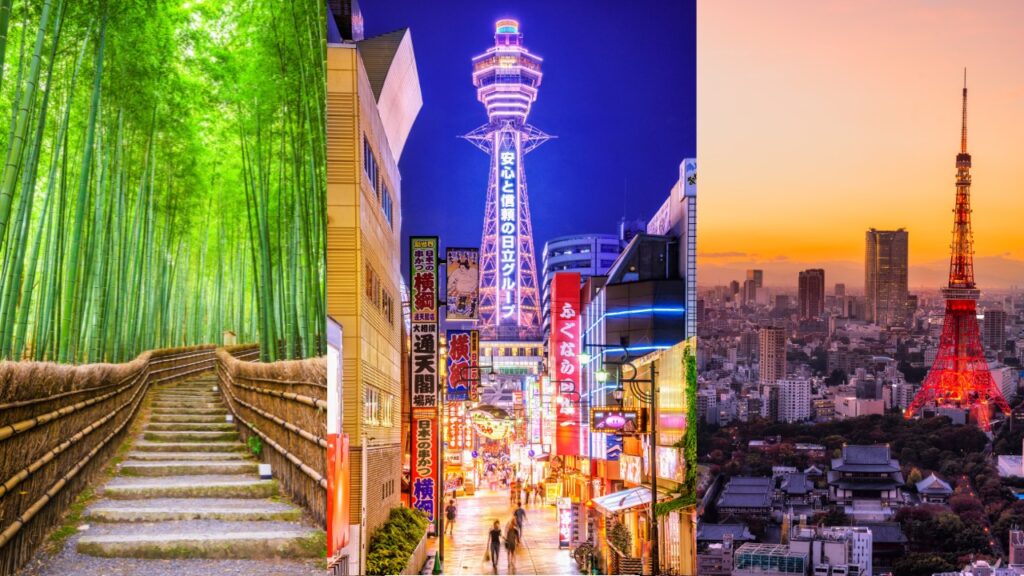
For your first trip to Japan, the best Japan itinerary you can do is the Golden Route, which includes overnight stays in Tokyo, Kyoto, and Osaka. We recommend 4 nights in Tokyo, 3 nights in Kyoto, and 3 nights in Osaka. Learn about our full 10-day Japan itinerary here.
From Tokyo, you can also do a day trip to Mt. Fuji, seeing Japan’s most famous mountain. From either Kyoto or Osaka, you can do a day trip to Nara to see the adorable deer park.
However, if you are short on time, it’s okay to skip Osaka and just focus on Tokyo and Kyoto. These two cities complement one another perfectly and are a great introduction to Japan.
2. The Best Time to Visit Japan
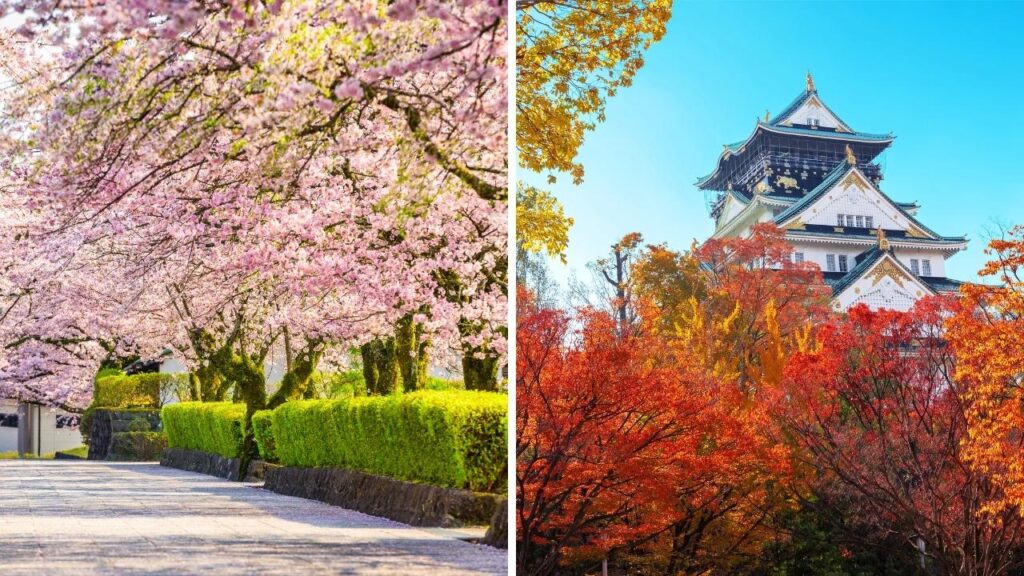
The best time to visit Japan is in the Spring from March to May or in the Fall, late September to November. In the spring, you might catch the blooming of the cherry blossoms between late March and early April. In the fall, you can enjoy the cooler temperatures and perhaps even see the leaves changing colors.
However, try to avoid the summer, particularly the months of June, July, and August. During this time, it is ridiculously hot, and it rains frequently as summer is the rainy season in Japan. Now, we made the mistake of going to Japan in June, and while we had a great time despite the weather, I don’t think we will be going back in June or July ever again! The 98°F (36°C) weather was really oppressive!
3. When to Avoid Visiting Japan
As a tourist, you should avoid visiting Japan during Golden Week, which runs from April 29-May 5th. This is a week with 4 national holidays, so it’s a popular time for Japanese citizens to take off work and travel. Because of all those holidays, hotel prices are higher and many hotels, activities, and train tickets will be sold out. So, if you plan on traveling during Golden Week, you will need to book all of your activity tickets, train tickets, and hotels well in advance because scheduling your trip during this time is just a bit more challenging.
Disclaimer: This post includes affiliate links. Buying through our links is at no extra cost to you, but it supports our website and our travels as we will receive a small commission. We really appreciate the support!
4. How to Save on Your Flight to Japan
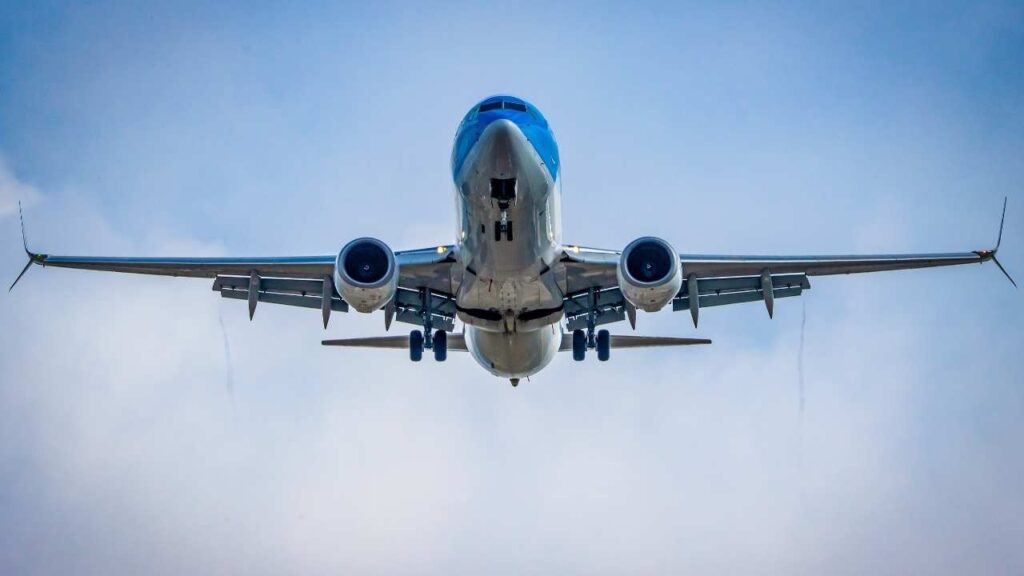
We consistently score amazing flight deals to Japan using Skyscanner—and trust us, it outperforms Google Flights on the regular! This powerful search engine uncovers hidden routes and cheaper fares that other platforms miss.
Whether it’s your first trip or your fifth, Skyscanner helps you fly smarter and save big.
🔎 Ready to find your cheap flight? Head to Skyscanner now and start planning your Japan adventure!
5. How to Get Around Japan
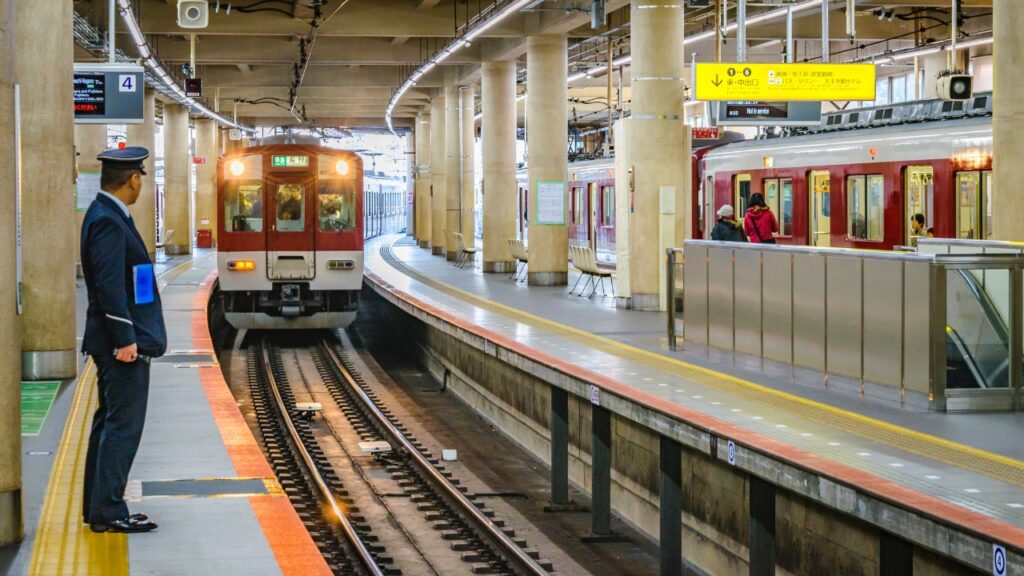
To get around Japan, we recommend using public transport. Japan has an extensive public transportation system, so there’s no need to rent a car unless you plan on venturing out into the Japanese countryside.
Google Maps works very well in Japan and gives accurate walking directions and excellent public transport directions. However, when possible, avoid taking public transport between 7:30 am – 9 am because rush hour times are really intense in Tokyo. Trains are packed, and on popular routes, they are literally pushing people inside the cars. We had to travel through Tokyo Station at rush hour once, and everyone was walking so fast and with determination to get to work that we felt soldiers marching off to battle. It was intense! So sleep in a bit and leave the 7:30 am – 9 am travel times for the working folks. You can start your adventures after 9 am and have a much more enjoyable subway ride.
5. What You Should Know About Taxis in Japan
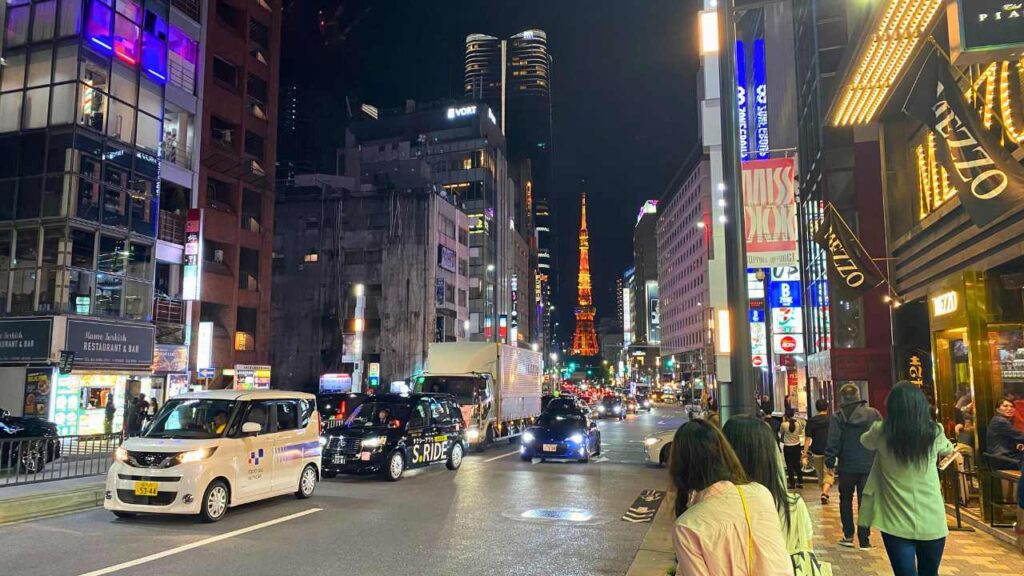
Outside of public transport, taxis are readily available. We didn’t have any problem hailing one from the side of the road. Just know that the signs on a taxi in Japan are a bit counterintuitive. A red sign on the dashboard of a taxi means that the taxi is empty and you can hail it. A green sign means it’s already occupied and can’t be hired. We were really confused by this when we first arrived.
Uber is also available in Japan, so you can hail a taxi through the app if you are in a spot where no taxis are driving by. Taxis are a bit pricey, so public transport is better for getting around affordably. However, public transport stops running around midnight, so if you are out past midnight, a taxi might be your only option.
6. What You Should Know About the Shinkansen – Japan’s Bullet Train
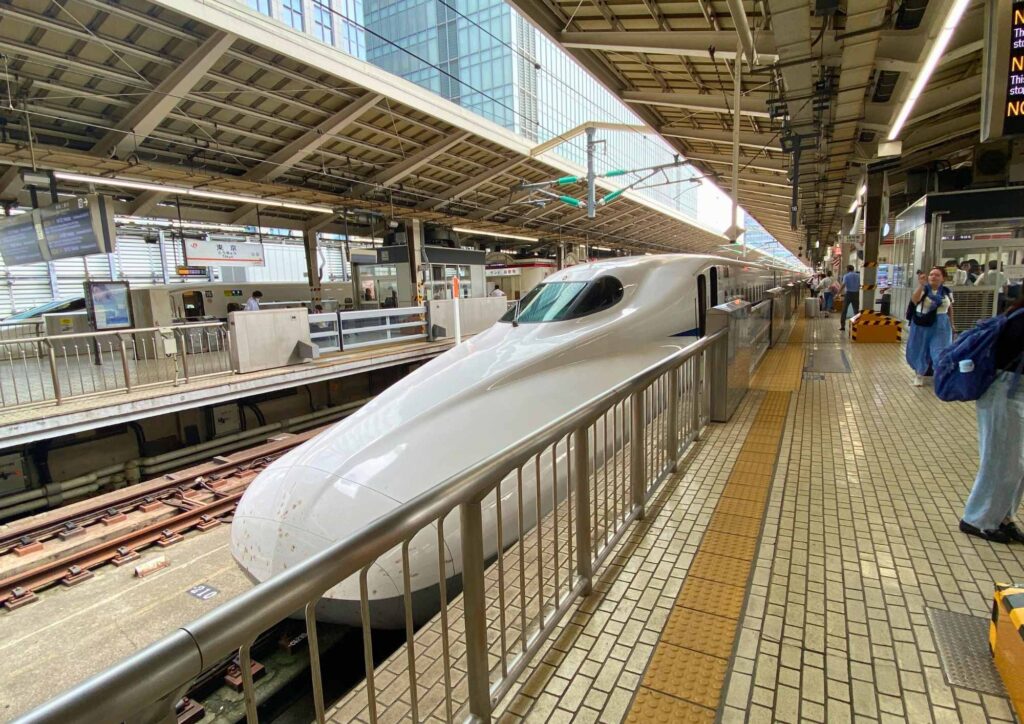
To travel across the country from Tokyo to Kyoto, you will probably take the Shinkansen which is Japan’s high-speed rail. The Shinkansen gets up to 180-200 mph which gets you to Kyoto in just 2.5 hours. It’s relatively affordable too! We only paid $90 for our one-way tickets to Kyoto. Trains run frequently about every hour, so it’s possible to buy your train tickets the same day you travel. The only exception to this is Golden Week. Train tickets do sell out over Golden Week.
If it’s not Golden Week and if you have carry-on-sized luggage, you can just buy your ticket when you arrive at the station. However, if you have large checked baggage, you need to reserve space for that luggage, so make sure to tell the ticket agent.
The train arrives to Tokyo Station 20-30 minutes before departure, so train staff can unload the train and clean it. However, staff won’t let passengers on the train until 5-10 minutes before departure. So you will need to line up outside the train and board quickly. Even though they don’t allow much time to board, they really do leave on time. It’s a wonder of efficiency that you have to see to believe!
7. The Currency in Japan
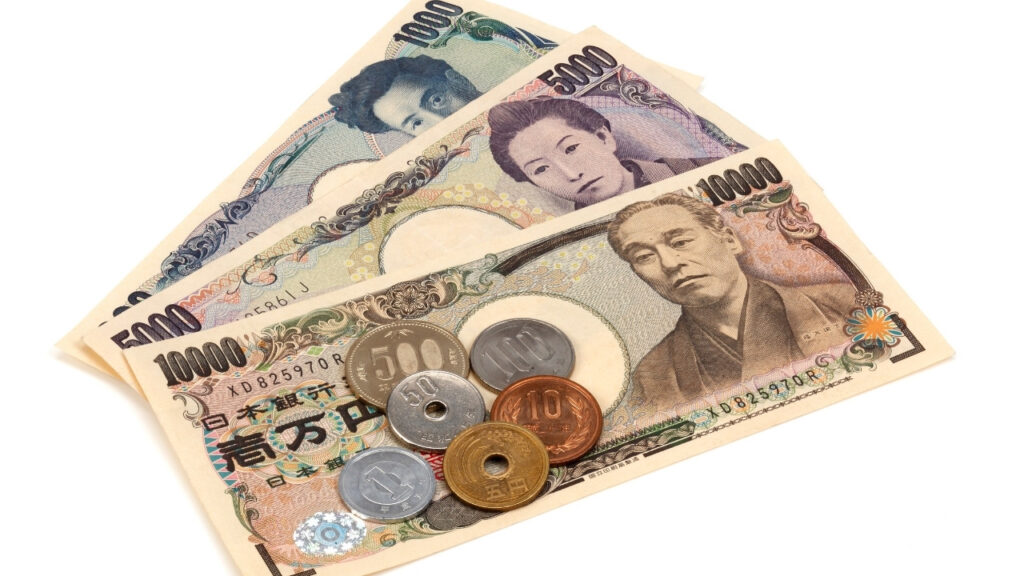
The currency of Japan is the Japanese yen, and as soon as you land, I recommend getting cash at the ATM before you leave the airport. Many small restaurants and vendors accept cash only, so it’s best to carry cash so you are ready to buy unique souvenirs and delicious street food at all times.
Although some vendors only accept cash, credit cards are also widely accepted throughout the country.
8. Buy a Transport Card at the Airport
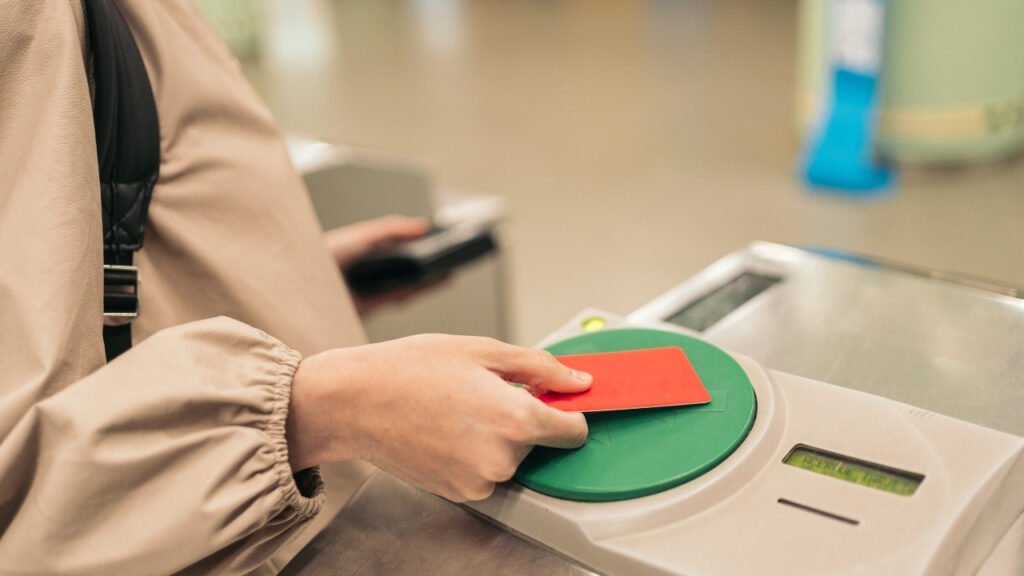
Along with cash, you should get a transport card at the airport. You can buy these cards directly from the subway recharge machine located just outside the subway gates inside the airport. You will probably either get a Suica card or a ICOCA card which is how you will pay for all your subway and bus fares while you are in Japan. Buses and subways do not take cash, so these special cards are the only way to pay.
Another important thing to know is that you will need a separate transport card for each person in your group. Even children 3 and older will need their own transport card. Children 2 and under ride for free.
9. Don’t Tip in Japan
Another thing to know before going to Japan is that Japan does not have a tipping culture. This means that you should not tip at restaurants because tipping is so uncommon that waitstaff might try to return your tip to you, thinking that you forgot your money.
Tipping for taxis is not necessary, but they do appreciate when you let them keep the change. So, if you give them 3000 yen for a 2800 yen ride, you can let them keep the change.
10. How to Mark Your Seat in Japan
Another thing that is unique to Japan is at coffee shops and food courts, it’s common for locals to mark their seats with a handkerchief or umbrella. So don’t think the lone object on the table is lost or forgotten. The owner is probably close by ordering food or drink, so don’t sit at that table with a handkerchief thinking that it’s free, because a confused Japanese person is going to return and wonder why you are sitting at their table.
11. 2-Hour Limits in Restaurants
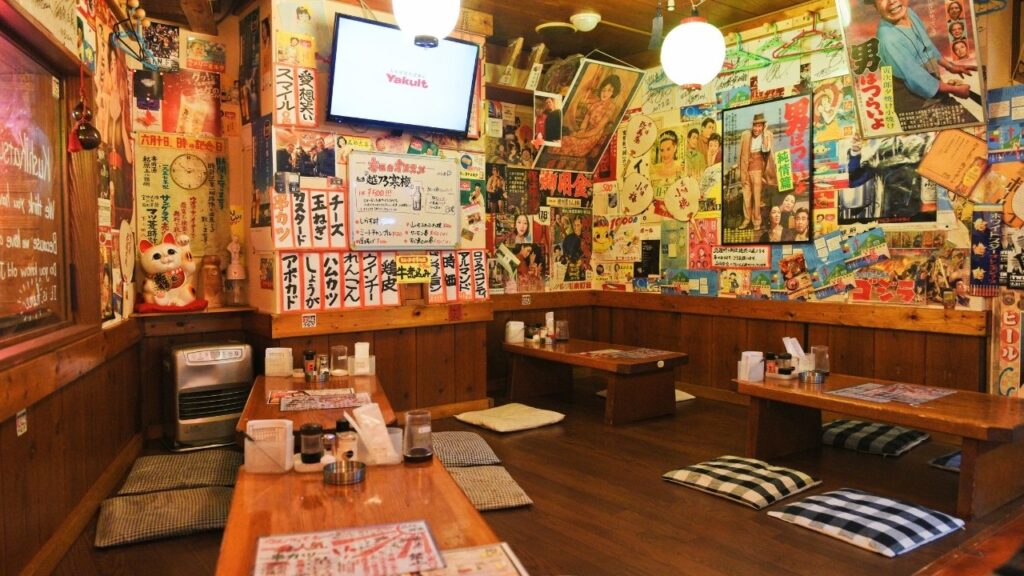
Another unique thing is that many restaurants in Japan have a 2-hour dining time limit, so they can turn over the tables to other customers, especially for places that typically have a line of people waiting. Restaurant staff will tell you in advance the time limit, so just don’t be surprised if you are asked to leave if you reach that limit.
12. Food to Try in Japan
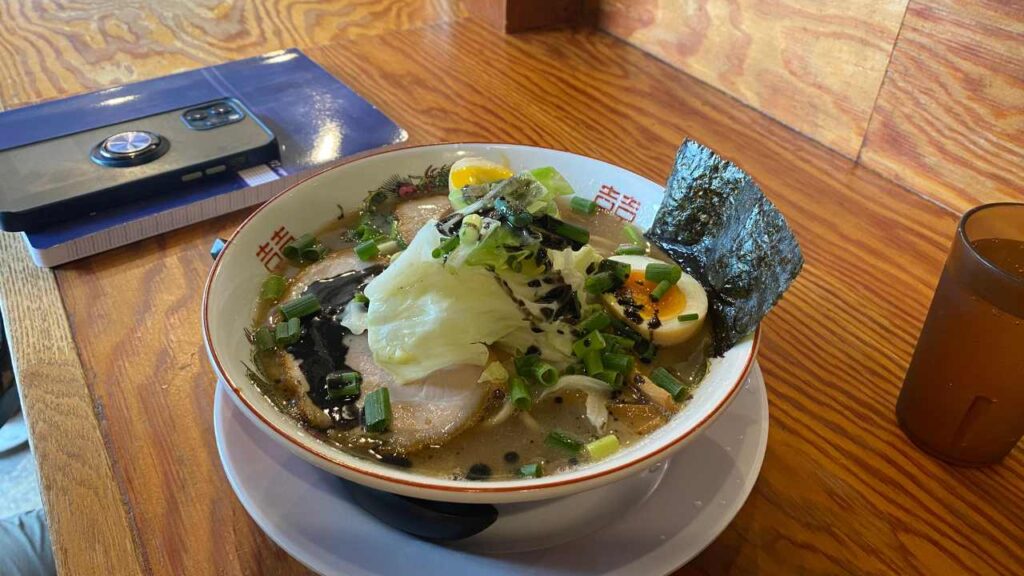
Foods we particularly enjoyed having in Japan included ramen, odon, sushi, and bento boxes which are delicious lunch plates with a nice variety of flavorful food inside. We loved bento boxes so much that we ate them nearly every day.
You also have to try onigiri, which are triangular rice balls filled with savory meats and sauces. You can get these at any supermarket or convenience store.
Another favorite of ours was okonomiyaki which is a savory pancake covered with lots of sauces and a variety of ingredients. It’s full of flavor and delicious!
13. Trash Concerns
Surprisingly, there are hardly any public trash cans in Japan. So, if you eat something at a food court, there is no communal trash. Instead, you return your trash to the vendor where you bought food.
As you walk around the city, you should carry a bag big enough to hold all of your trash for the day. As you buy drinks and food, if you don’t throw them away where you bought them, then you must carry your trash with you the entire rest of the day until you get back to your accommodations. This is how they keep Japan so clean. No public trash cans make every individual responsible for their own trash.
14. Why You Should Always Carry Your Passport with You in Japan

For shopping in Japan, you want to carry your passport with you because many places offer a tax-free discount, which saves you nearly 10% on everything. You just have to show your passport and meet the minimum spending requirement to get this discount.
15. Taking Your Shoes Off
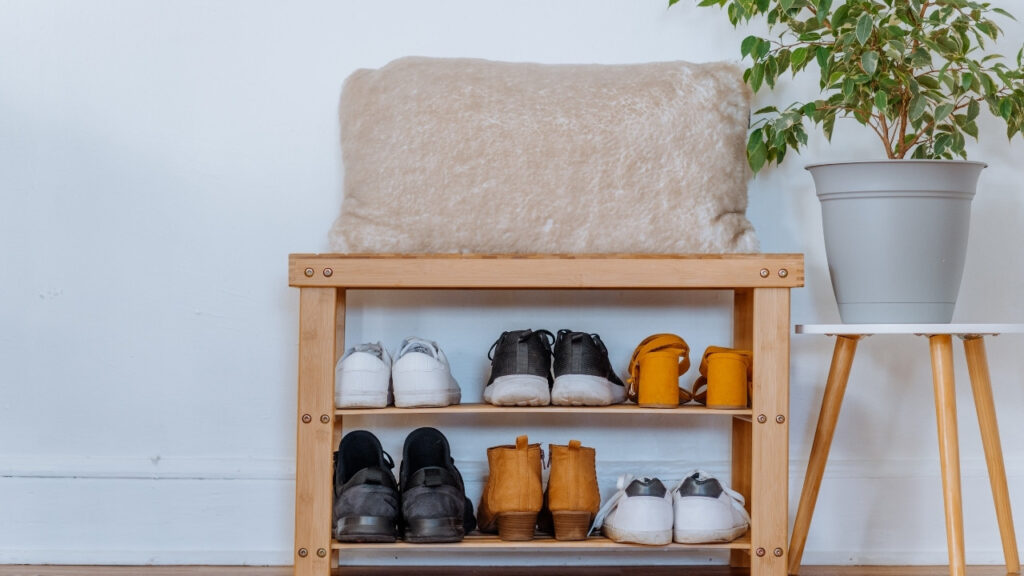
Now, you probably already know that Japanese people don’t wear shoes inside the house. But I learned that in some stores they don’t want you wearing your shoes inside a fitting room as well. They want you to leave your shoes outside the fitting room, which really threw me for a loop!
You are also supposed to take off your shoes at temples and anywhere there’s a tatami mat. So, be on the lookout for signs and shoe racks to know how to proceed before you enter a place.
16. Get Ready for Japanese Toilets
The next thing you need to know is about Japanese toilets. Japan has the best toilets in the world! These things are heated, play music, and clean your bum. They are so fantastic and remarkably clean. I mean, even the public subway station toilets were spotless. We were so impressed! I also really appreciate that most toilets have seat cleaner beside it so you can clean the seat before you sit.
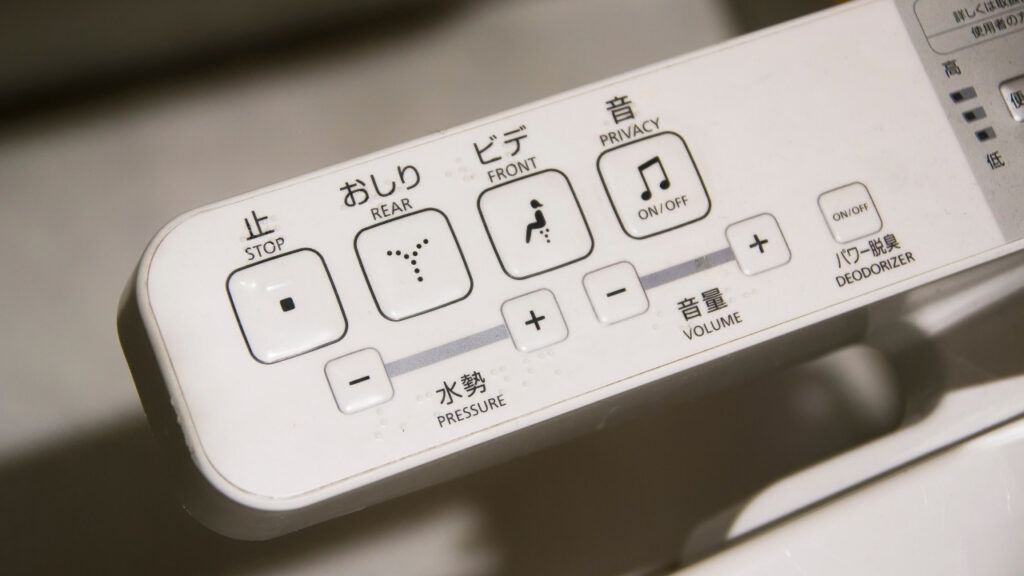
Another bonus is that Japan has plenty of public restrooms. You can find them in train stations, parks, food courts, and shopping centers. We never had a problem finding a free toilet. However, many public bathrooms will not have paper towels, so most people carry a handkerchief with them to dry their hands. Otherwise, you will have to let them air dry. While bringing a handkerchief may not be necessary, I must admit it is nice to have one when you aren’t in the mood to air dry.
17. Bring an International Driver’s License

Although I don’t recommend renting a car in Japan, I do recommend driving, driving a go-kart that is! This activity is so ridiculously fun that it’s absurd! However, in order to do this activity, you need to have an international driver’s license, so if you are at all interested in doing the go-karts through the city, you will need to bring an international driver’s license with you.
When shopping around for Go-Kart prices, we found that Klook had the best prices. You can shop for the best go-kart experiences here!
Klook.com18. No Photos Allowed of the Inside of Shrines
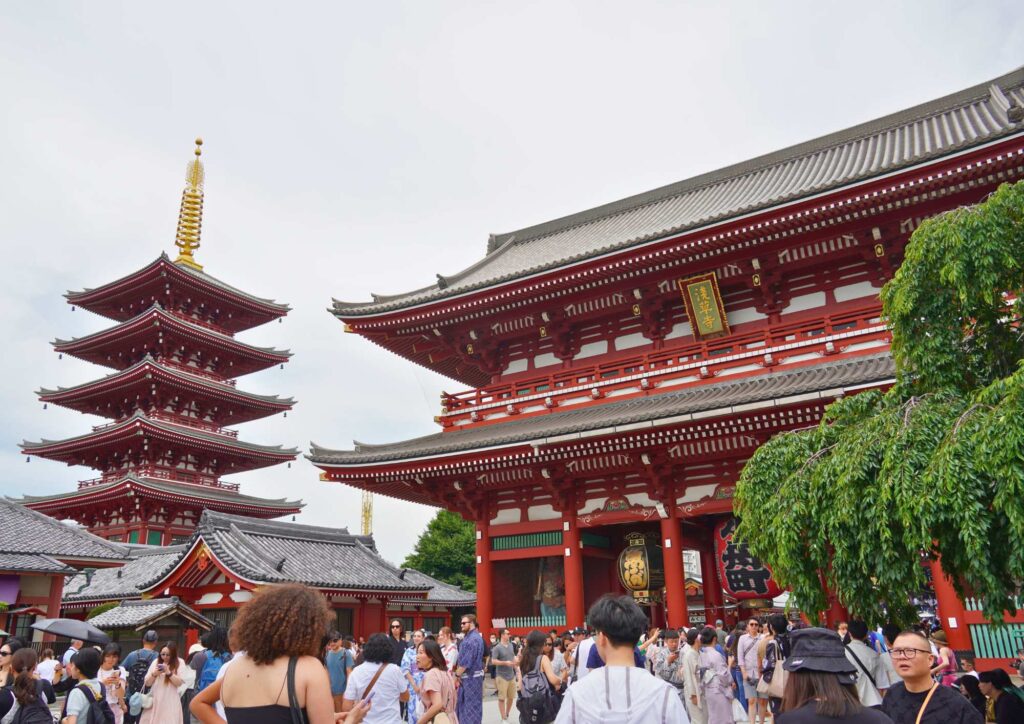
For temple etiquette, you should know that you can not take photos of the statues inside the temples. These statues are considered to be the deities themselves and are sacred, so you can’t any photos or videos of these altars. You can take as many videos and photos of the outside buildings as you like. Just remember the inside altars are for your eyes only and no photography.
19. The Best Apps for Japan Travel
Before going to Japan, there are 3 apps you need to download. The first is Google Translate and be sure to download the Japanese language to the app for offline use. While in Japan, you will use the Google Translate camera feature daily to translate signs and menus. You will probably also use it to talk to locals as well. So, have the app on your homescreen for easy access while in Japan.
The next app you need to download is Klook. This app is great for finding the best activities in Japan at the lowest prices. On Klook, you can book a trip to Mt. Fuji, schedule a Shibuya Go-Kart ride, or book a traditional tea ceremony. And we found the prices on Klook were a bit cheaper than Get Your Guide and Viator as well! So, it’s a great app to help you save money while you travel in Japan!
Check out these great experiences for yourself!
Klook.comThe next app you need to download is for an eSim. E-Sims are the easiest way to stay connected when you are traveling internationally and don’t want to worry about data roaming charges. The best eSim for Japan Travel is Airalo.
Airalo makes setting up your eSim super easy, and they have a variety of options, some starting as low as $4.50. After all, mobile data is essential for navigating Japan using Google Maps and Google Translate as well!
20. Water Concerns
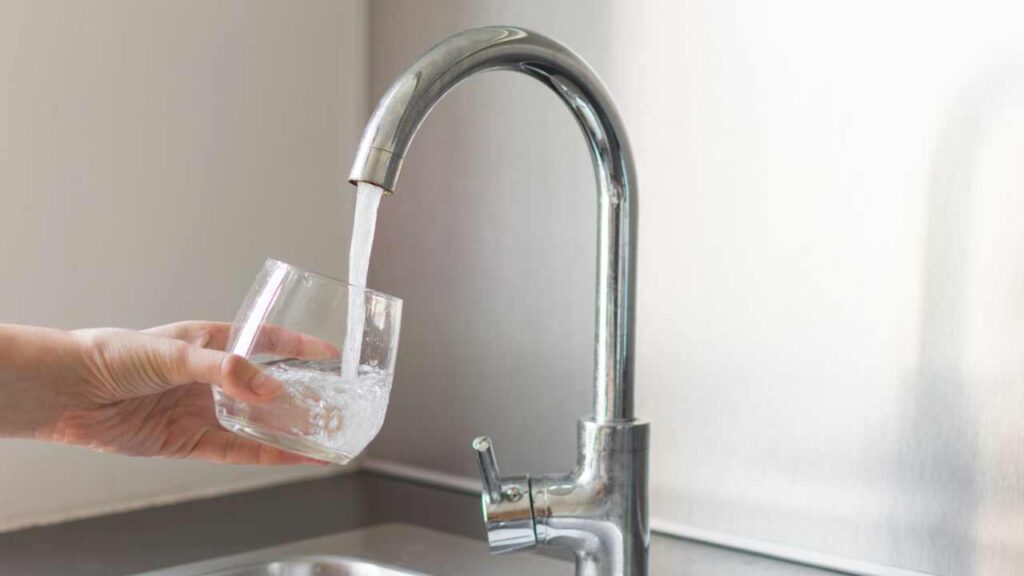
Tap water is safe to drink in Japan, so bring your reusable water bottle and fill up before you go out for the day. This can save you quite a bit of money on convenience store runs. Plus, it’s better for the environment, win-win!
21. Outlet Concerns
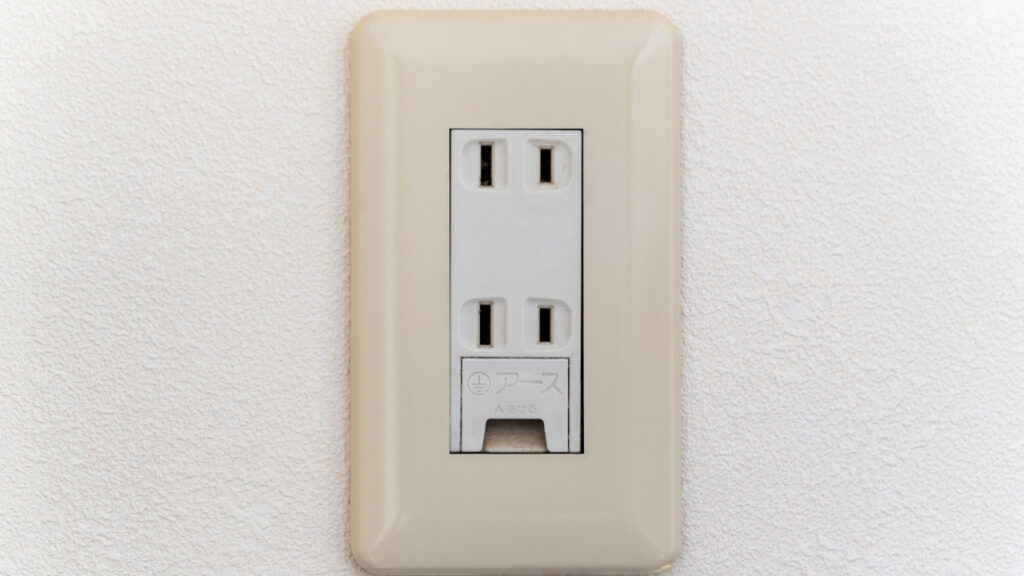
Japan uses the two-pin type A outlets. Even though the outlets are similar to the ones we have in the USA, we still needed to use our international adapter in Japan because our power strip has a grounding pin. So, if you are coming from the US and your chargers have a grounding pin, you might need an adapter as well. Another essential travel tip to make your time in Japan a little easier!
22. Japanese Words You Should Know
And regarding the language, although we don’t speak but 10 words worth of Japanese, we got around the country just fine. There are only 3-4 words of Japanese that you need to know and for anything else, using Google Translate is best. So the only 4 words of Japanese that you need to know is the following.
- Suminasan – which means excuse me and I’m sorry. If you need to the waitresses’s attention say Suminasan or excuse me. If you bump into someone say sumimasen-sorry.
- Arigato – which means thanks.
- Arigato goziamasu – means thank you very much and its a bit more polite and formal.
- Toire wa – which means toilet.
Usually, I would just say toire wa and then point in multiple directions. This was always understood and the Japanese person always pointed me in the right direction. The full sentence is Toire wa doku desuka? But complete sentences aren’t even necessary, just say toire wa… and you’ll be understood.
Want even more Japan travel tips? Check out these articles below!
- The 10-Day Japan Itinerary
- 24 Incredible Things to Do in Kyoto
- 15 Fun Things to Do in Osaka
- The Best Travel Credit Card
Pin this article for later below!




I am heading to Japan this summer! This was great information
These are great tips, especially for someone like me who’s never been! Also, I can’t believe how fast the bullet train goes!!!
I learned a lot of neat facts on your post & you made it seem super easy to get around and see things in Japan. Great information!
Japan has always been at the top of my bucketlist, so this guide is super useful!